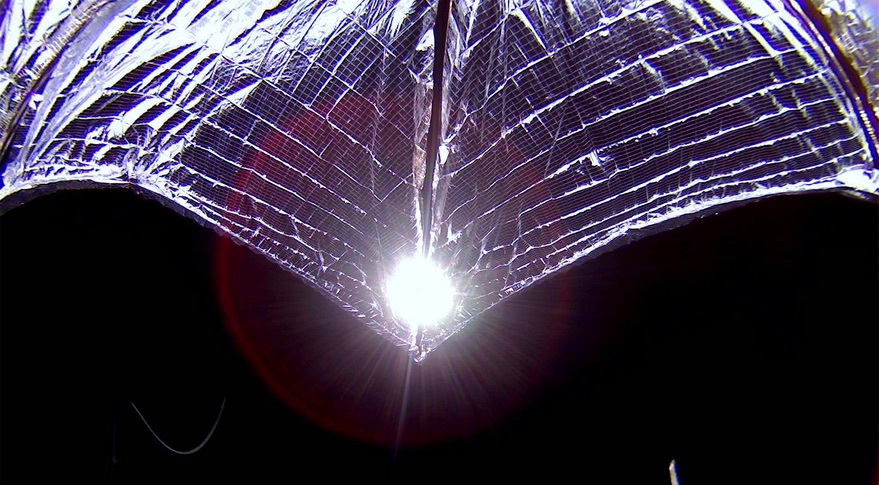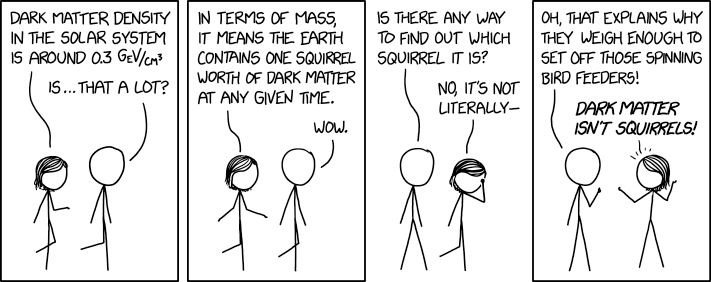Not really, they are going to be going only maybe a fraction of orbital velocity and even chunks of debris that pick up sufficient velocity from the impact likely will not be angled in such a way as to achieve a stable orbit. At best you'd wind up with some debris with some apogees high up but with perigees inside the atmosphere or even lower. I imagine most debris would actually lose most velocity overall as they missiles would be coming at each other close to head-on.
The head-on collision only means that the mean velocity over all debris pieces will be small. The individual pieces will still have high speed, because the kinetic energy before the impact needs to go somewhere. A perfect head-on collision would probably be most likely to spew out debris into all angles, including those which could enable stable orbit. But, yeah, the need to match angle and speed would result in a very small chance of orbital insertion
For reference, early generation, nuclear-tipped anti-ballistic missiles topped out at around Mach 8-10 which is less than half of what is needed for orbit. I would expect new-generation interceptors to travel significantly slower as they actually have to line up direct impacts (so can't be going as fast as they need time to maneuver) and there are much better radar systems meant to track incoming warheads which give the missiles a longer interception window which means they don't have to accelerate to such crazy speeds. And those old Mach 8+ interceptors were designed around dealing with the heat load of extremely high-speed in-atmosphere flight in a way that is not reflected in current designs although of course there could be stuff the general public can't see but it's kind of doubtful.
I have not studied this extensively though so I could be wrong.
It may be true that the collision speed is not high enough, but that line of argument means "at unprecedented altitudes and speeds" does matter.




